Handle and modify High school science fair Abstract Templates to boost your everyday document processes. Find, edit, and distribute forms with your team and collect relevant data in half the time.


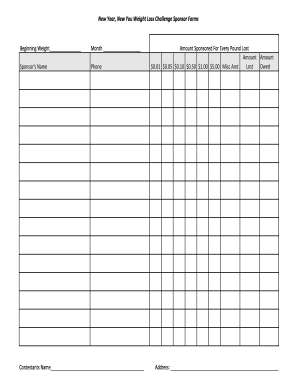

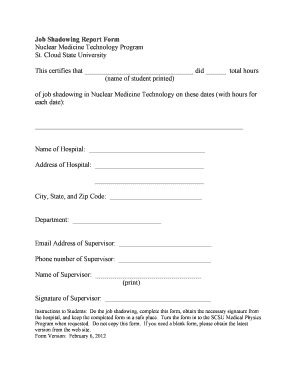
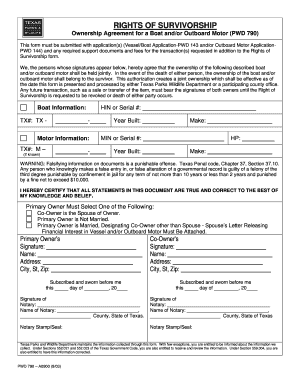
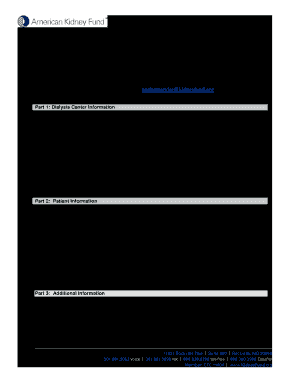
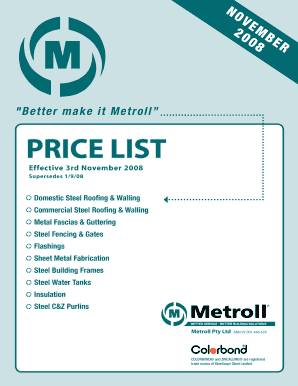
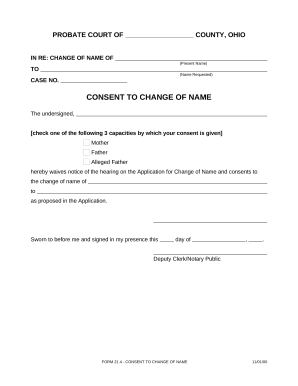
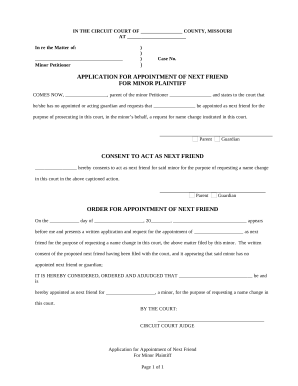
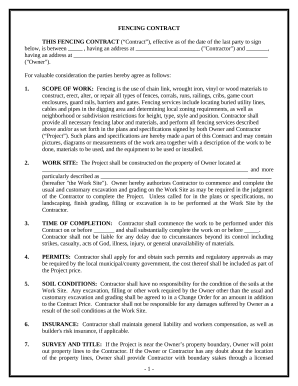
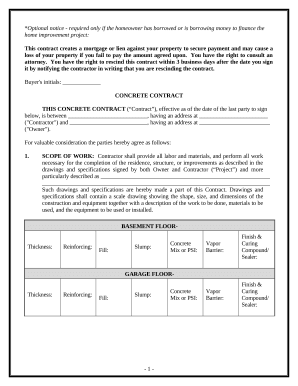
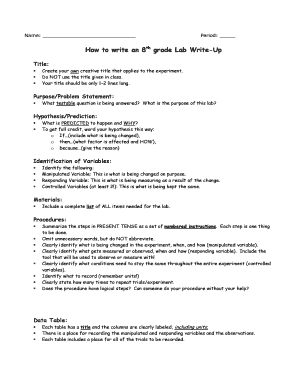
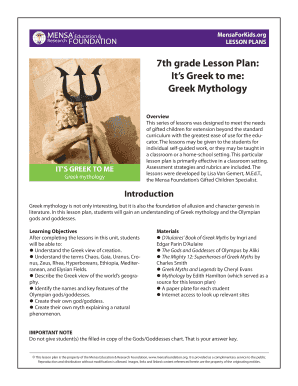
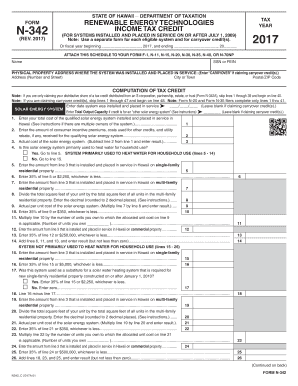
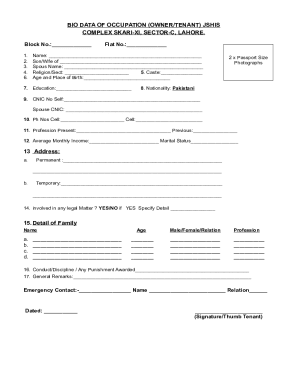
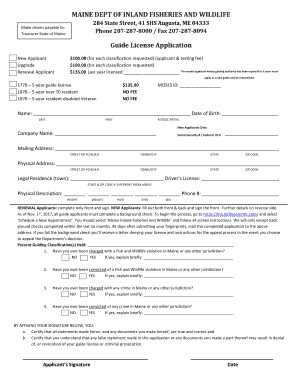
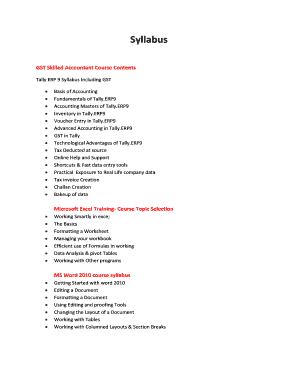
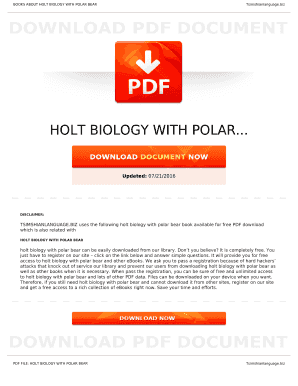
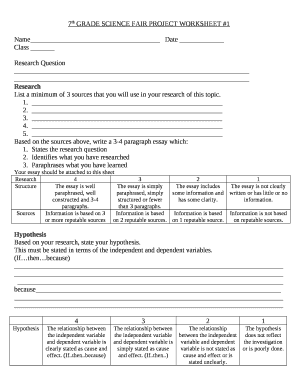
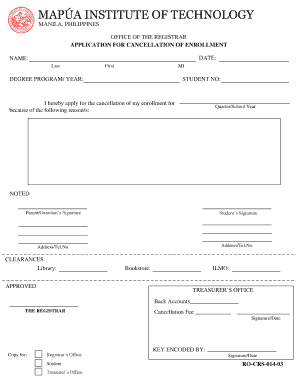
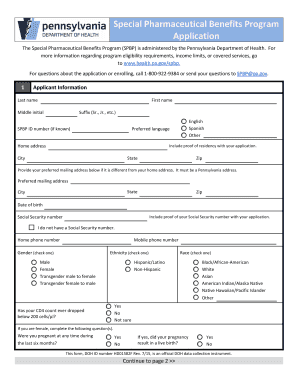

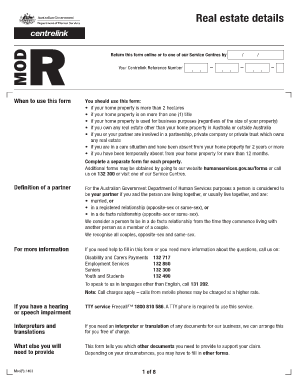
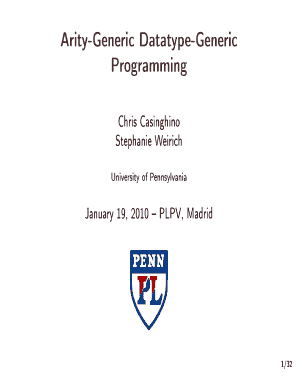
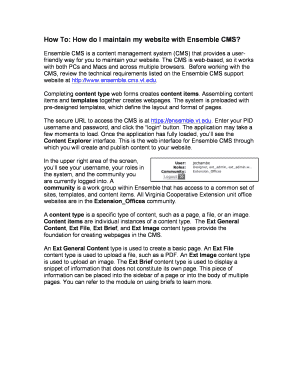

Your workflows always benefit when you are able to obtain all the forms and documents you require at your fingertips. DocHub offers a wide array of document templates to alleviate your daily pains. Get a hold of High school science fair Abstract Templates category and easily discover your document.
Begin working with High school science fair Abstract Templates in a few clicks:
Enjoy smooth form management with DocHub. Check out our High school science fair Abstract Templates category and find your form right now!